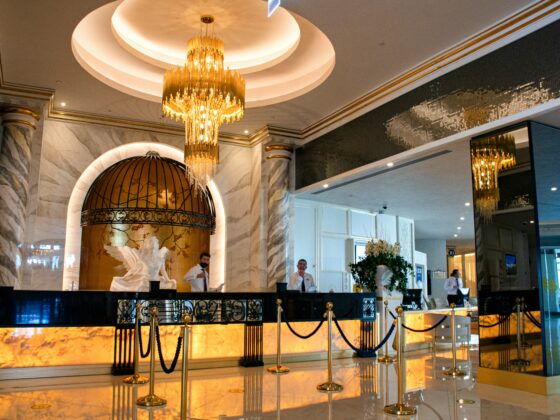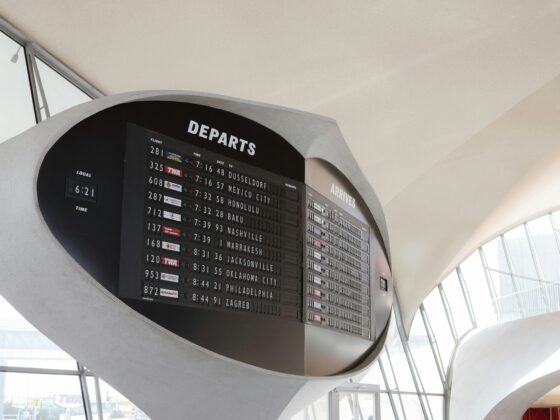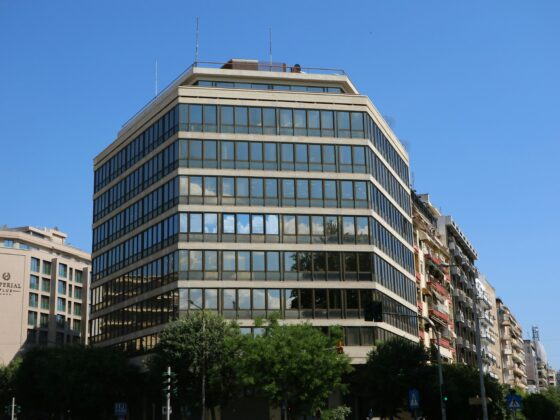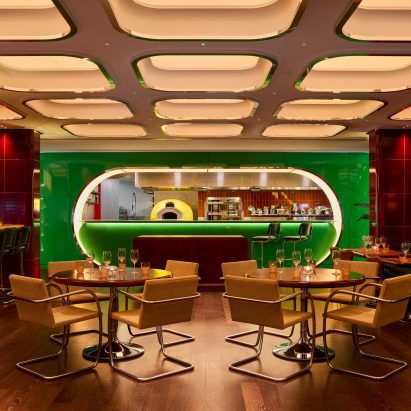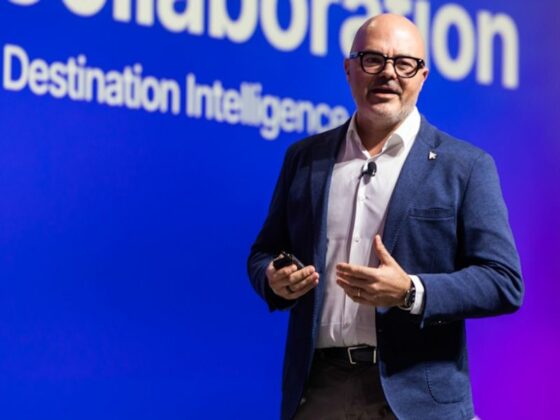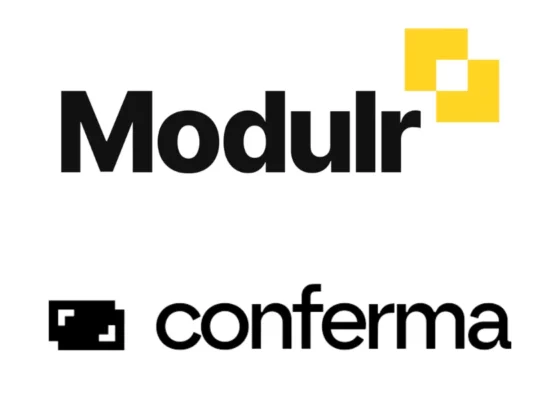Sunway Hotels had been using the MICROS-Fidelio POS, but with that platform scheduled to sunset to make way for a new product from the company, Ong and his team decided to use the transition as an opportunity to evaluate all of their options.
“While our previous product had some helpful features, it had limits in its capability. The provider said they would introduce us to other companies for point solutions but didn’t want to offer all functionality themselves,” Ong shared. “But we wanted a single partner who offered everything on one platform and could be a single point of contact for us.”
In Ong’s experience, an all-in-one platform was important for solving any problems that could come up. “Unless a partner builds the technology and owns it and can make changes as needed, it becomes challenging to manage as a customer. Managing multiple technology providers creates more potential points of failure. By having everything on one platform, you eliminate the possibility of bickering between companies and finger-pointing for who was at fault if something goes wrong.”
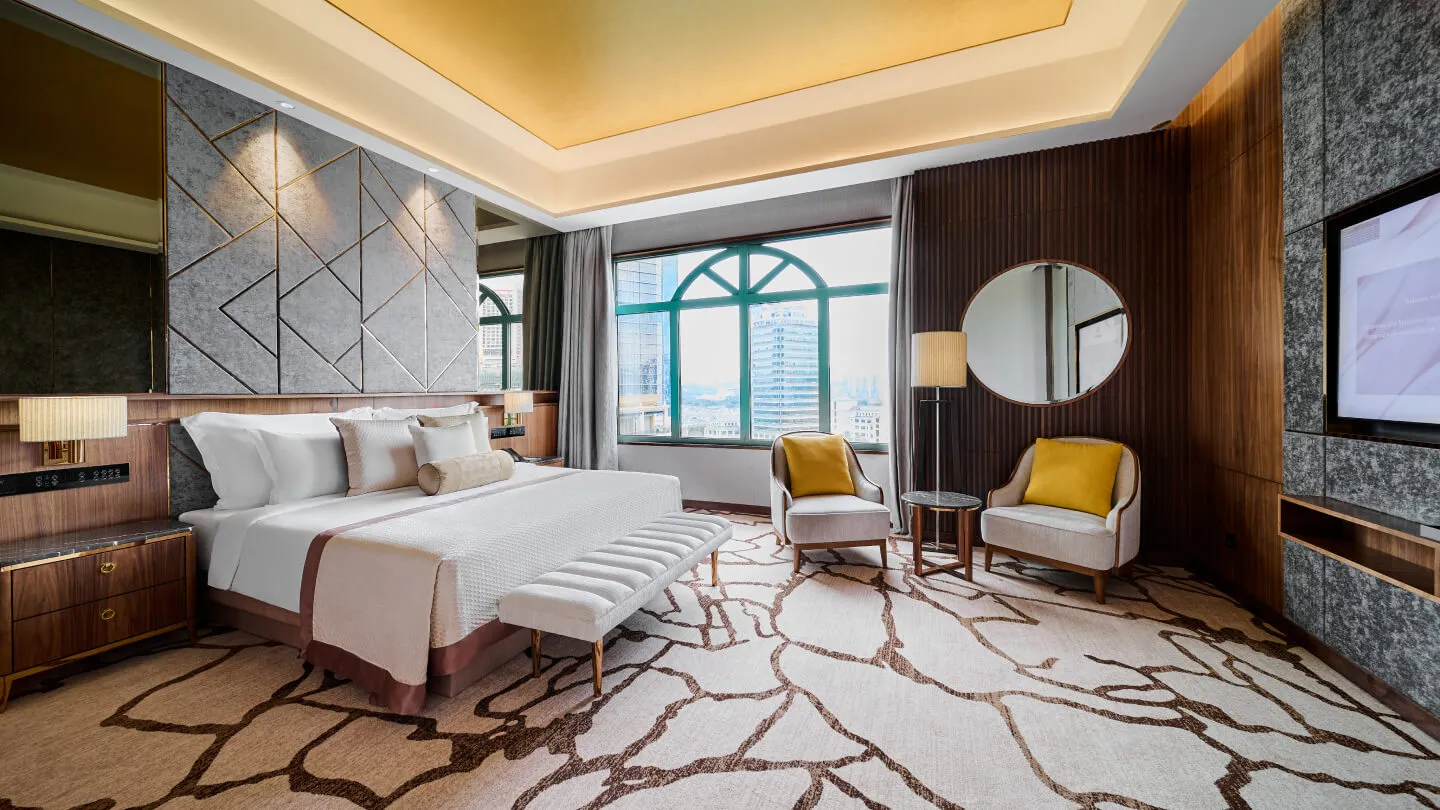
Designing the technology selection process for success
To ensure Sunway could evaluate new technology options effectively, Ong formed a committee of representatives from every department that needed to use the POS platform or access data from it. This included multiple teams from Food & Beverage, Operations, and Finance. “We needed an end-to-end solution that provided support for each of them.”
This was especially important because of the complexity in supporting F&B operations. Every order placed needs to be managed by a chain of people: from the service staff to the kitchen to delivery, with operations management and finance needing to track the results.
“Traditionally IT would say ‘this is what we’re using,’ and that was that,” Ong recalled. “But we learned it’s best to actively seek input from a wide range of teams to create the best solution together. We’ve changed the landscape of IT. We are no longer just an implementor. We act as a business partner to all other departments, so we need to be more open, more receptive and more people-friendly to achieve this. We seek to engage all stakeholders – anyone who uses the data or will interact with our systems – instead of dictating what we’ll use and what we’ll do.”
Gathering input and buy-in from each stakeholder
Through taking the time to get to know each person on the evaluation committee, he developed an understanding of their needs and earned their support and contribution to the initiative. “Because we had their buy-in, the process became much easier for us.”
Ong and his committee used existing communication channels to build awareness for the upcoming change. “We have a briefing with all department heads every morning. When the topic of technology came up, the General Manager would highlight everything we needed to do. With all the people in the room, we talked about the opportunity and need – and how we needed their help.”
This process helped build support from the front liners. “I found people would talk about it casually over lunches and I could sense the excitement when they knew a new system was coming.” As buzz was building, Ong started to get unsolicited feedback on requirements and wish list items from across the company, ranging from usability to connectivity with other systems.
All in all, this approach to change management drove interest and momentum around technology change at Sunway Hotels. “This process we used of getting buy-in from the top down and bottom up made it much easier for us to move and innovate with this project.”


